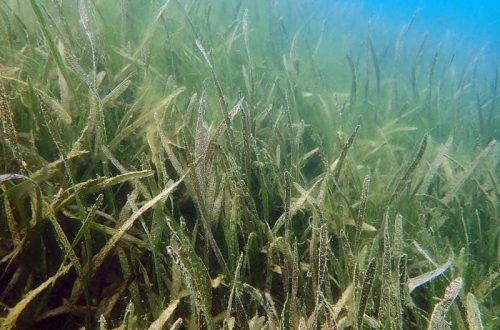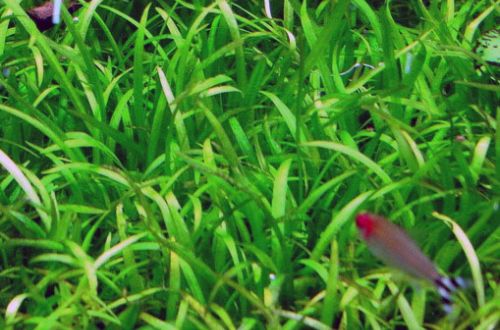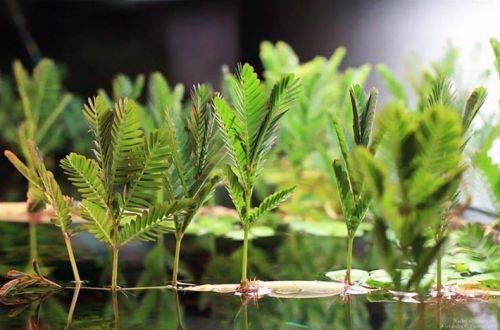
spotted duckweed
Spotted duckweed, scientific name Landoltia punctata. Separated into a separate genus in the early 2000s, which was named after expert botanist Elias Landolt. Until that time, the plant was called Spirodela punctata. It got its name because of the dark dot on the surface of the leaves, which is the place where the roots grow on the back.
The original natural habitat extended over the Southern Hemisphere from South America to Southeast Asia and Australia. Currently imported to Europe and the USA. It prefers nutrient-rich, stagnant or slow-flowing water bodies (swamps, lakes, calm backwaters of rivers), forming dense accumulations on the surface of the water. It is also found in arid regions in periodically drying up reservoirs. The plant waits out the dry period in the form of seeds.
Probably not known to most aquarists, although it is often seen in home aquaria along with other types of duckweed, in particular, it is among the Lesser Duckweed (Lemna minor). When viewed from above, both species are almost identical, forming oval ovoid shoots up to 8 mm in diameter, fastened together.
The spotted duckweed can be distinguished by the reddish-colored lower surface of the leaflets-plates and root bundles (1-5 roots per sprout). For example, in representatives of related species of the genus Lemna, there is only one root, while in Spirodela their number is 7–21.
It is considered a weed plant, which implies very low requirements for its care. It is enough to place the duckweed in the aquarium and periodically remove the overgrown growth.





